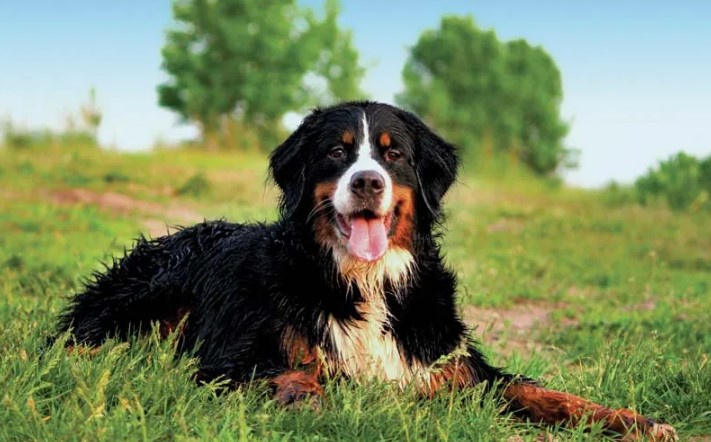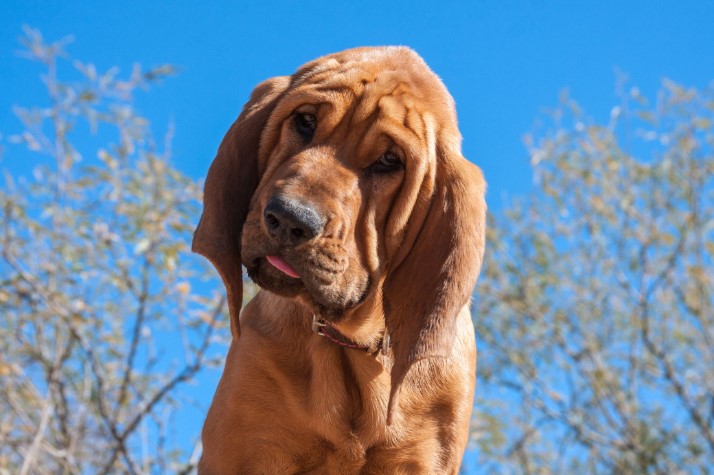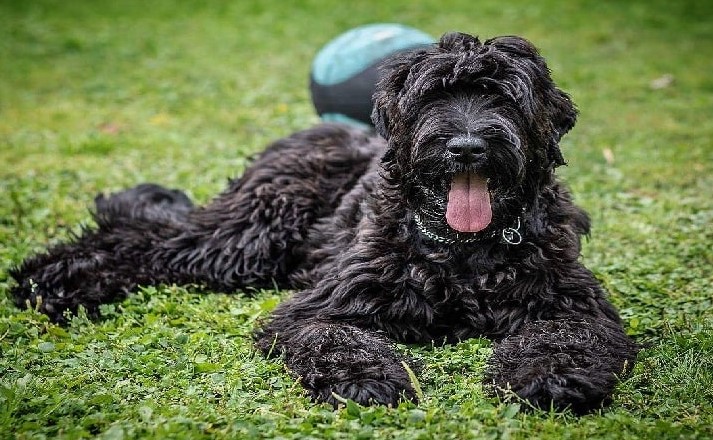
Black Russian Terrier Dog Breed
Introduction
The Black Russian Terrier, often referred to as the “Black Pearl of Russia,” is a robust and versatile breed known for its intelligence, loyalty, and protective nature. Developed in the Soviet Union, this breed was initially intended for military and police work but has since become a beloved companion for families around the world. Let’s dive into the fascinating world of the Black Russian Terrier and explore what makes this breed so special.
History of the Black Russian Terrier
Origin and Development
The Black Russian Terrier (BRT) was developed in the mid-20th century by Soviet breeders. Their goal was to create a powerful and versatile working dog capable of performing a variety of tasks, from guarding to search and rescue. By crossing several breeds, including the Airedale Terrier, Giant Schnauzer, Rottweiler, and Newfoundland, they achieved a dog with the desired traits: strength, endurance, and intelligence.
Role in Military and Police Work
Initially, the Black Russian Terrier was bred for military and police purposes. These dogs excelled in tasks requiring strength, agility, and a keen sense of smell. Their ability to work in harsh climates and under challenging conditions made them invaluable assets to the Soviet armed forces and security services.
Physical Characteristics
Size and Weight
Black Russian Terriers are large dogs, with males typically standing between 27 to 30 inches at the shoulder and females slightly smaller at 26 to 29 inches. Their weight ranges from 80 to 130 pounds, reflecting their solid and muscular build.
Coat and Colors
The breed’s double coat is one of its most distinctive features. The outer coat is coarse and wiry, while the undercoat is soft and dense, providing excellent insulation. The Black Russian Terrier is exclusively black, although slight graying can occur with age.
Distinctive Features
In addition to their imposing size, Black Russian Terriers have a broad head, deep chest, and strong, straight back. Their expressive eyes are dark and almond-shaped, adding to their dignified and alert appearance.
Temperament and Personality
General Temperament
Black Russian Terriers are known for their loyalty and protective nature. They form strong bonds with their families and are naturally wary of strangers, making them excellent guard dogs. Despite their imposing appearance, they are often gentle and affectionate with their loved ones.
Interaction with Family and Children
These dogs thrive in a family environment where they receive plenty of attention and interaction. They are generally good with children, being both patient and protective. However, due to their size and strength, supervision is recommended when they are around small children to prevent accidental injuries.
Compatibility with Other Pets
With proper socialization, Black Russian Terriers can coexist peacefully with other pets. They tend to be dominant, so early and consistent training is essential to establish appropriate behavior around other animals.
Training and Socialization
Importance of Early Training
Given their intelligence and strong will, Black Russian Terriers require early and consistent training. Establishing leadership and boundaries from a young age helps prevent behavioral issues and ensures they grow into well-mannered adults.
Socialization Tips
Socialization is crucial for Black Russian Terriers. Exposing them to a variety of people, environments, and experiences from puppyhood helps them become well-adjusted and confident dogs. Regular outings and interactions with other dogs are beneficial.
Training Techniques
Positive reinforcement methods, such as treats, praise, and play, work best with this breed. They respond well to clear and consistent commands, and their natural eagerness to please makes them quick learners.
Exercise Needs
Daily Exercise Requirements
Black Russian Terriers are active dogs that require ample exercise to stay healthy and happy. At least one to two hours of physical activity per day is recommended.
Recommended Activities
Activities such as long walks, jogging, agility training, and playing fetch are excellent ways to meet their exercise needs. Mental stimulation through puzzle toys and training sessions is equally important.
Mental Stimulation
These intelligent dogs need more than just physical exercise; they thrive on mental challenges. Interactive toys, obedience training, and problem-solving games help keep their minds sharp and engaged.
Grooming Requirements
Coat Care and Maintenance
The Black Russian Terrier’s coat requires regular grooming to keep it in good condition. Weekly brushing helps prevent matting and removes loose hair.
Bathing and Brushing
Bathing should be done as needed, typically every 6 to 8 weeks. Regular brushing not only keeps the coat healthy but also helps reduce shedding.
Nail Trimming and Ear Cleaning
Regular nail trimming and ear cleaning are essential parts of grooming. Overgrown nails can cause discomfort, and dirty ears can lead to infections.
Health and Wellness
Common Health Issues
Like all breeds, Black Russian Terriers are prone to certain health issues, including hip dysplasia, elbow dysplasia, and certain eye conditions. Regular veterinary check-ups and screenings are crucial for early detection and treatment.
Preventive Health Care
Maintaining a healthy lifestyle, including a balanced diet and regular exercise, helps prevent many common health problems. Preventive measures such as vaccinations, flea and tick control, and dental care are also important.
Lifespan and Aging
The average lifespan of a Black Russian Terrier is around 10 to 14 years. With proper care and attention, many live healthy and active lives well into their senior years.
Feeding and Nutrition
Dietary Needs
A high-quality, well-balanced diet is essential for the overall health of a Black Russian Terrier. Their diet should include the right proportions of protein, fats, and carbohydrates to meet their energy needs.
Recommended Diet
Feeding them a diet rich in meat-based proteins, healthy fats, and a variety of vegetables and grains ensures they receive the necessary nutrients. Consulting with a veterinarian can help determine the best diet plan for your dog.
Foods to Avoid
Certain foods, such as chocolate, grapes, onions, and foods high in fat or sugar, should be avoided as they can be toxic or harmful to dogs.
Living Conditions
Suitable Living Environments
Black Russian Terriers adapt well to different living environments, from apartments to houses with yards, as long as their exercise needs are met. They do best in homes where they have space to move and play.
Adaptability to Different Homes
While they can adapt to apartment living, access to outdoor areas for exercise is essential. They enjoy spending time both indoors with their family and outdoors exploring.
Indoor vs. Outdoor Living
Though they enjoy outdoor activities, Black Russian Terriers are family-oriented and prefer to live indoors with their human companions. They should not be left outside for extended periods.
Traveling with a Black Russian Terrier
Tips for Traveling
Traveling with a Black Russian Terrier requires some planning. Ensure they are comfortable with car travel from a young age, and always have a crate or safety harness for their protection.
Car and Air Travel Considerations
For car travel, frequent breaks are necessary for exercise and bathroom needs. If traveling by air, check airline policies regarding pet travel and ensure you have an appropriate travel crate.
Accommodation Arrangements
When staying in hotels or other accommodations, confirm they are pet-friendly and provide a comfortable space for your dog. Bringing familiar items like their bed or toys can help them feel more at home.
Cost of Owning a Black Russian Terrier
Initial Purchase Price
The initial cost of a Black Russian Terrier can range from $1,500 to $3,500, depending on the breeder and the dog’s pedigree.
Ongoing Costs
Owning a Black Russian Terrier involves ongoing costs such as food, grooming, health care, and supplies. Budgeting for these expenses is important to ensure you can provide proper care.
Budgeting Tips
Setting aside a monthly budget for your dog’s needs helps manage expenses. Consider pet insurance to help cover unexpected veterinary costs.
Adoption and Breeders
Choosing a Reputable Breeder
When purchasing a Black Russian Terrier, choosing a reputable breeder is crucial. Look for breeders who perform health screenings and prioritize the well-being of their dogs.
Adoption vs. Buying
Adopting from a rescue organization or shelter is a great alternative to buying from a breeder. Many wonderful dogs are looking for homes, and adoption can be a rewarding experience.
What to Look For
When adopting or buying, look for a dog that is healthy, well-socialized, and comes from a responsible breeder or reputable rescue organization.
Fun Facts about Black Russian Terriers
Unique Traits
Black Russian Terriers have unique traits, such as their water-resistant coat and natural guarding instincts, which set them apart from other breeds.
Famous Black Russian Terriers
Some Black Russian Terriers have gained fame in dog shows and as working dogs, showcasing their versatility and intelligence.
Interesting Tidbits
Did you know that the breed was nicknamed the “Stalin’s dog” due to its origins in Soviet military breeding programs? Their history is as intriguing as their presence.
Conclusion
The Black Russian Terrier is a remarkable breed, combining strength, intelligence, and loyalty. Whether you’re looking for a dedicated family companion or a capable working dog, this breed has much to offer. With proper care, training, and socialization, a Black Russian Terrier can be a wonderful addition to any household.
FAQs
Are Black Russian Terriers good family dogs?
Yes, Black Russian Terriers are known for their loyalty and protective nature, making them excellent family dogs.
How much exercise do Black Russian Terriers need?
They require at least one to two hours of exercise daily to stay healthy and happy.
What is the average lifespan of a Black Russian Terrier?
The average lifespan is around 10 to 14 years.
Do Black Russian Terriers shed a lot?
They shed minimally, but regular grooming is needed to maintain their coat.
How do I find a reputable Black Russian Terrier breeder?
Look for breeders who perform health screenings and have a good reputation. Visiting the breeder and asking for references can also help.
You May Also Like
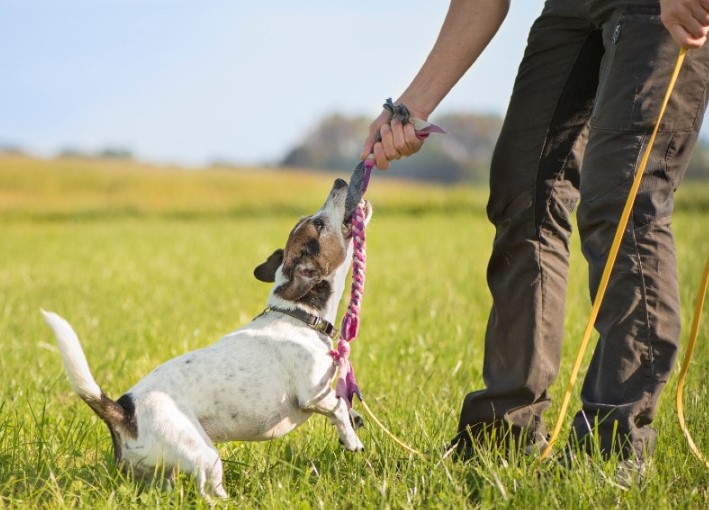
The Role of Playtime in Your Dog’s Wellbeing
December 10, 2024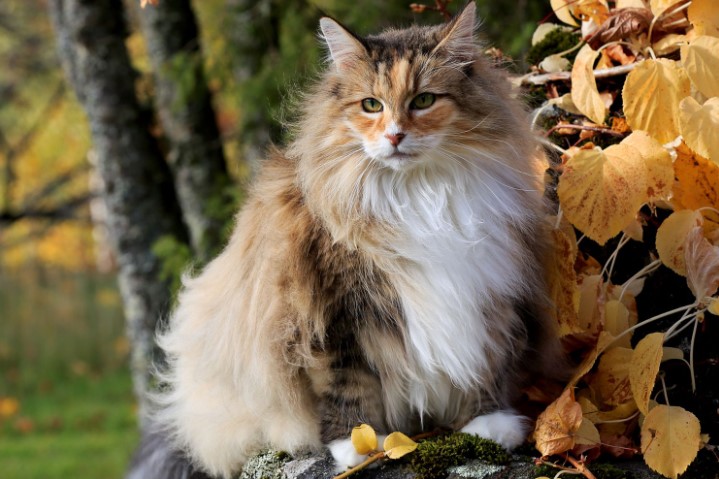
Norwegian Forest Cat Breed
December 1, 2023